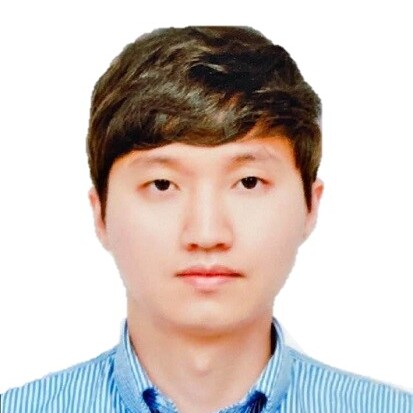NDE for TS
Neural Differential Equations for Continuous-Time Analysis
Overview
Modeling complex, irregular time series is a critical challenge in knowledge discovery and data mining. This tutorial introduces Neural Differential Equations (NDEs)—a powerful paradigm for continuous-time deep learning that intrinsically handles the non-uniform sampling and missing values where traditional models falter. We provide a comprehensive review of the theory and practical application of the entire NDE family: Neural Ordinary (NODEs), Controlled (NCDEs), and Stochastic (NSDEs) Differential Equations. The tutorial emphasizes robustness and stability and culminates in a hands-on session where participants will use key open-source libraries to solve real-world tasks like interpolation and classification. Designed for AI researchers and practitioners, this tutorial equips attendees with essential tools for time series analysis.
Learning Goals
By the end of this resource, you will:
- Understand why continuous-time modeling is beneficial for irregular and multi-resolution time series.
- Know the differences between NODEs, NCDEs, and NSDEs — their assumptions, strengths, and limitations.
- Be able to train and evaluate NDE-based models with attention to solver choice, stability, and computational cost.
- Recognize strategies for improving robustness, interpretability, and trustworthiness in sensitive domains.
Target Audience
- Graduate students entering time series modeling research.
- Applied researchers in domains with irregular or sparse observations.
- Practitioners seeking robust forecasting or classification solutions under dataset shift and uncertainty.
Prerequisites:
- Working knowledge of calculus, linear algebra, and probability.
- Familiarity with deep learning fundamentals and PyTorch.
Tutorial Outline and Structure
Session I: Foundations of Continuous-Time Modeling [link]
-
Overview & Motivation (10 min) Why continuous-time? Challenges of irregular data.
-
Neural Ordinary Differential Equations (35 min) Theory, core concepts, and the adjoint method for training.
-
Hands-on: Part I [link] (30 min) Implementing Neural Ordinary Differential Equations and Latent ODEs.
Session II: Advanced Models and Applications [link]
-
Neural Controlled Differential Equations (25 min) Handling irregular data as a continuous path.
-
Neural Stochastic Differential Equations (20 min) Modeling uncertainty; focus on Stable SDEs.
-
Hands-on: Part II [link] (20 min) Implementing and comparing advanced models.
-
Summary & Future Directions (10 min) Recap of the NDE family, applications, and conclusion.
Instructors
Organizers
Quick Links
Maintained by YongKyung Oh — Last updated: Nov 2025




